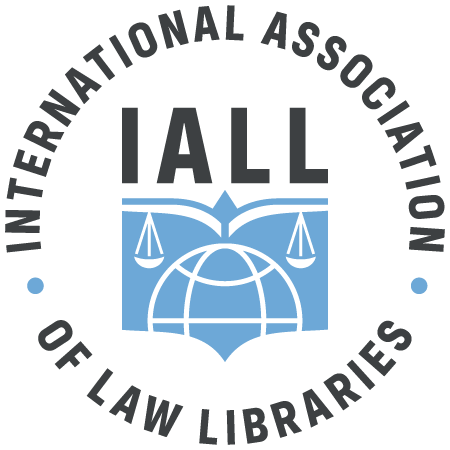If you’re up to it, a walking tour of Oslo is a great way to experience the city. There are regular guided tours on Saturdays, Sundays, Mondays and Wednesdays, which can also be booked privately at other days and times. Most parts of Oslo are well connected by public transport, so there will usually be a quick way to get back to the city centre no matter where you are when you tire of walking. The public transport authority Ruter let’s you check travel options and buy tickets in the same mobile app.
From west to east
Frogner is the historically affluent part of town, with well kept 19th century apartment blocks and a more upscale selection of shops than the rest of the city. The Frogner park is well worth a visit. The theme of late 1800s apartment buildings continues through St.Hanshaugen, a more varied area with a younger population. The St. Hans haug (= hill) itself offers nice views of the city centre. Moving towards Grünerløkka the proverbial west/east end divide is crossed at the Akerselva river. The path along the river is a nice walk dotted here and there with bars, restaurants and cafes.
Grünerløkka was for a long time a traditional working class district, but was invaded by the hip crowd in the late 90’s and is now a centre for Oslo’s bustling nightlife and music scene. It has something to offer during daytime too, with many independent shops, cafes and restaurants. If you like old buildings, take a slight detour through Rodeløkka, a very well preserved neighborhood of 19th century wooden houses.
Further east, the neighborhoods of Tøyen and Grønland are Oslo’s inner city multicultural alibis, and the definitive place to be for those who are too cool for the increasing gentrification at Grünerløkka. Formerly run down and plagued by traffic, the Gamlebyen (= old town) area is now a nice place to explore although there is nothing particularly old about it apart from a few ruins where the centre of Oslo lay when it was originally founded. If you find yourself at Tøyen you might want to visit the Botanical Gardens.
Finishing off the inner city, the development area of Bjørvika is no longer just a construction site. It sports many bars and restaurants, and this is also where you will find the famed Opera house. Directly opposite it lies the newly completed main public library (Deichman), definitely worth taking a look at.
Hiking
Surrounded by the large forested areas known as Marka, Oslo also has more to offer than just busy city life. If you are the hiking type, there are plenty of options for day trips or shorter walks a short ride by bus, metro or train from the city centre, or within the city itself. A personal favourite of mine is walking from the city all the way up to Grefsenkollen and catching the bus back down, which gives a taste of both the city, the suburbs, and the forests around Oslo. You may prefer to take the bus out of town and only walk the last kilometre or so. For those who prefer something less strenous than a hike, take the number 1 metro to Frognerseteren and enjoy spectacular views of the city and surrounding areas.
The Fjord
Several ferries depart from Aker Brygge. A favourite among locals is ferry B1 or B2 to one of the nearby islands. Tourists often take a round trip with the ferry, but it is worth your while to get off and explore one of the islands. At Hovedøya you will find the ruins of a 12th century monastery, and the art gallery is worth a visit. At Gressholmen there is a nice (but busy) restaurant. Langøyene is nice for a picnic. The remaining islands are all dotted with tiny summer houses owned by locals.
There are many sightseeing boats available, but they are generally a bit pricey. For a better (although unguided) tour of the fjord than you get on sightseeing boats, try taking a day trip a bit further out the fjord.
